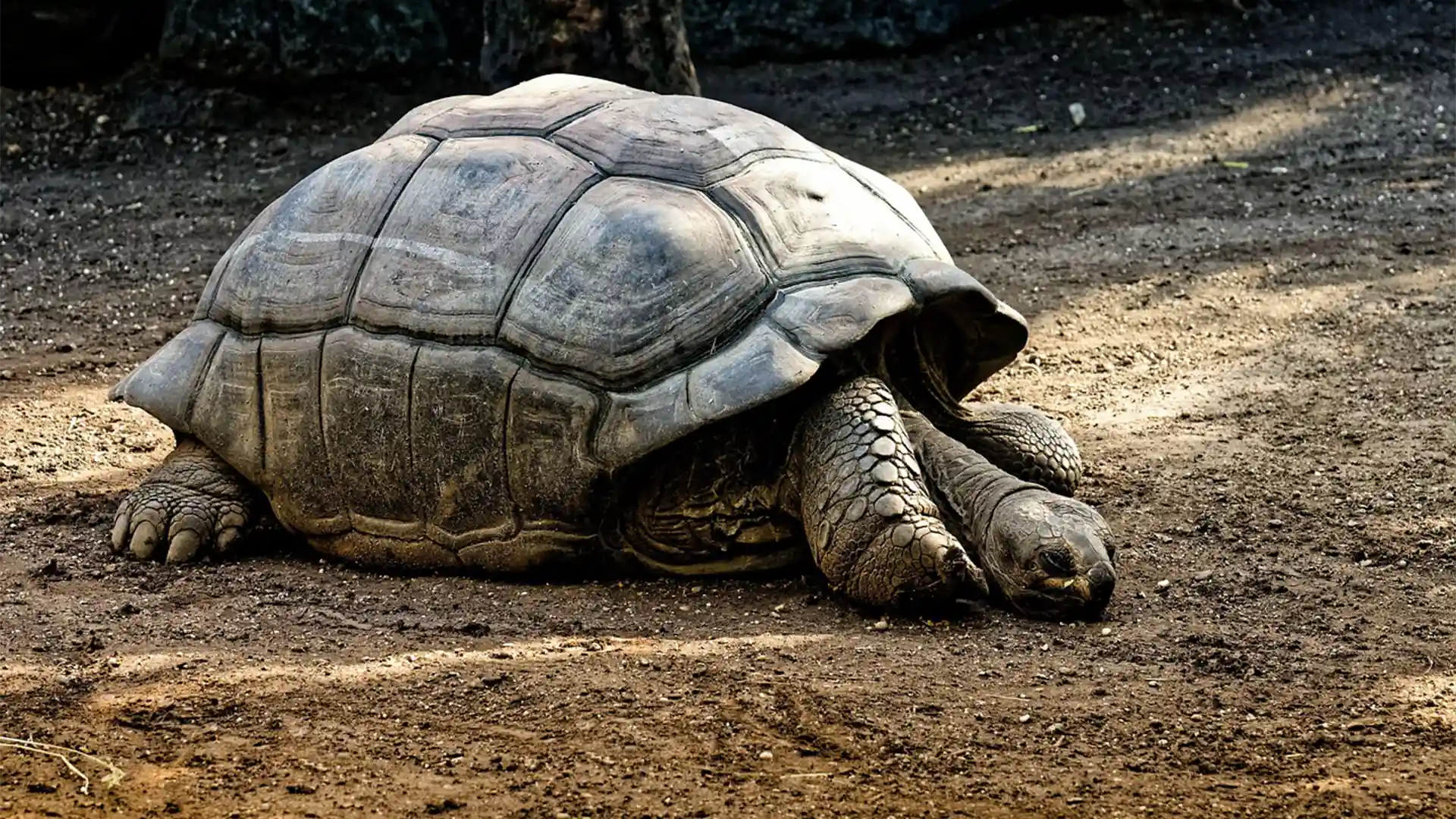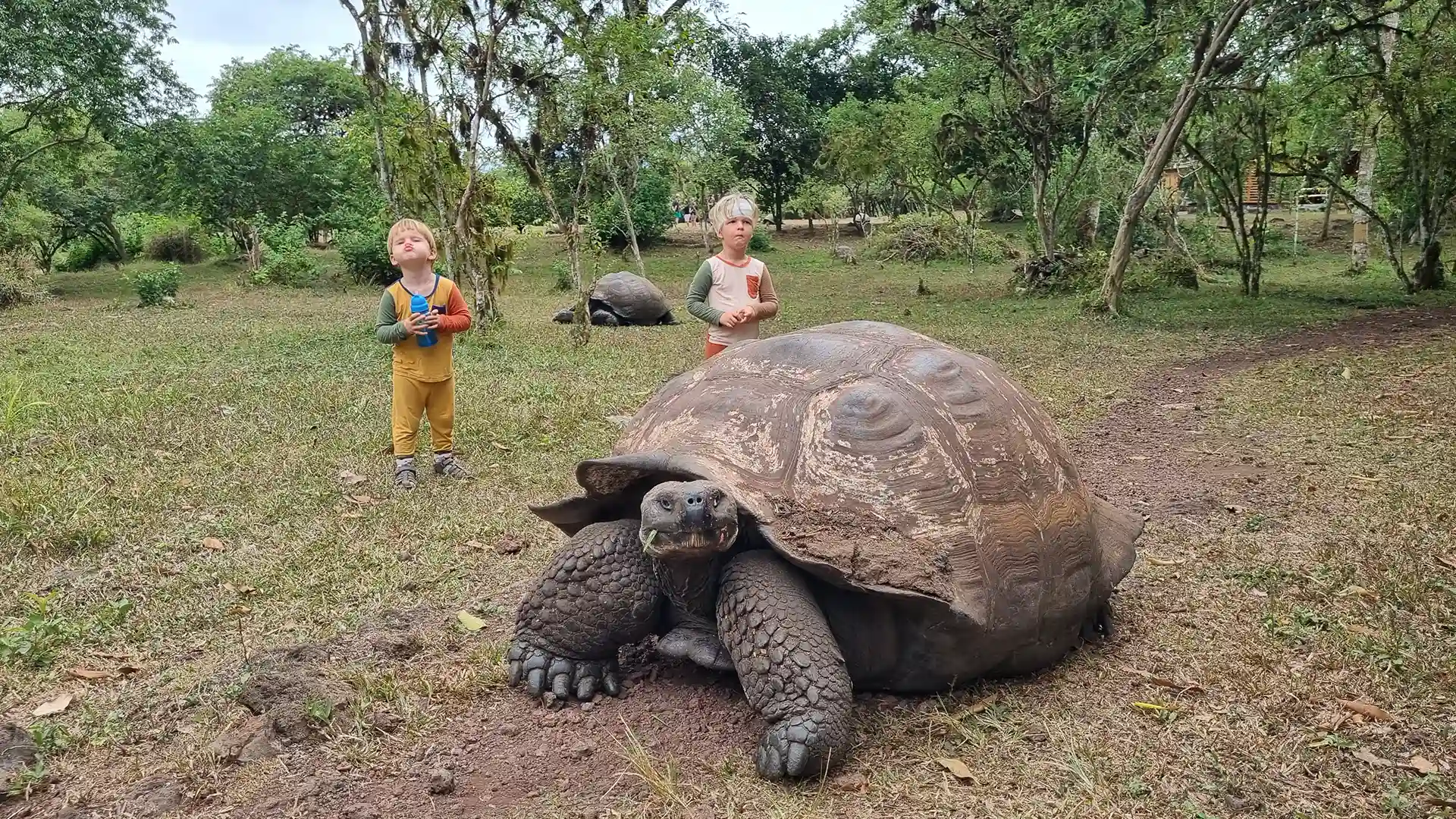
How the Galápagos Tortoise Became a Sailor’s Best (and Tastiest) Friend
The Galápagos Islands — a wild bunch of volcanic rocks tossed into the Pacific about 1,000 kilometers off Ecuador — are famous today for their one-of-a-kind wildlife. Giant tortoises, marine iguanas, blue-footed boobies… it’s like nature’s greatest hits, all on one strange little archipelago. But it wasn’t always about eco-tourism and Instagrammable iguanas.
An accidental discovery
The islands were discovered by accident in 1535, when Fray Tomás de Berlanga, the Bishop of Panama, was blown off course while sailing to Peru. Imagine stumbling across a new world because your boat drifted the wrong way — and finding it full of giant reptiles lumbering around like living dinosaurs.
The impact of humans
Fast-forward a few centuries, and the Galápagos had become a popular pit stop for pirates, whalers, and hungry sailors. One big reason: giant tortoises. These slow-moving giants were basically the 18th-century equivalent of a portable fridge — they could survive for months without food or water, making them perfect “fresh meat” storage for long sea voyages. Sailors would haul live tortoises onto their ships, stack them upside down in the hold, and then, well… have tortoise steaks whenever they got peckish.
Even Charles Darwin and the crew of the HMS Beagle got in on the feast when they visited in 1835. Darwin later admitted that the young tortoises made “excellent soup,” although he slightly regretted eating so many before realizing how scientifically important they were.

A national park for the island’s future
Unfortunately, humans weren’t exactly gentle with Galápagos wildlife. Over the years, several tortoise species were wiped out thanks to overhunting, habitat destruction, and invasive animals like rats and goats. One of the saddest stories is Lonesome George, the last known Pinta Island tortoise, who died in 2012.
Thankfully, the world wised up — in 1959, the Galápagos Islands became a national park, and it’s been illegal to hunt, harm, or eat the tortoises ever since. In 1978, UNESCO made the Galápagos one of the first-ever World Heritage Sites — a huge “about time” moment for the islands.